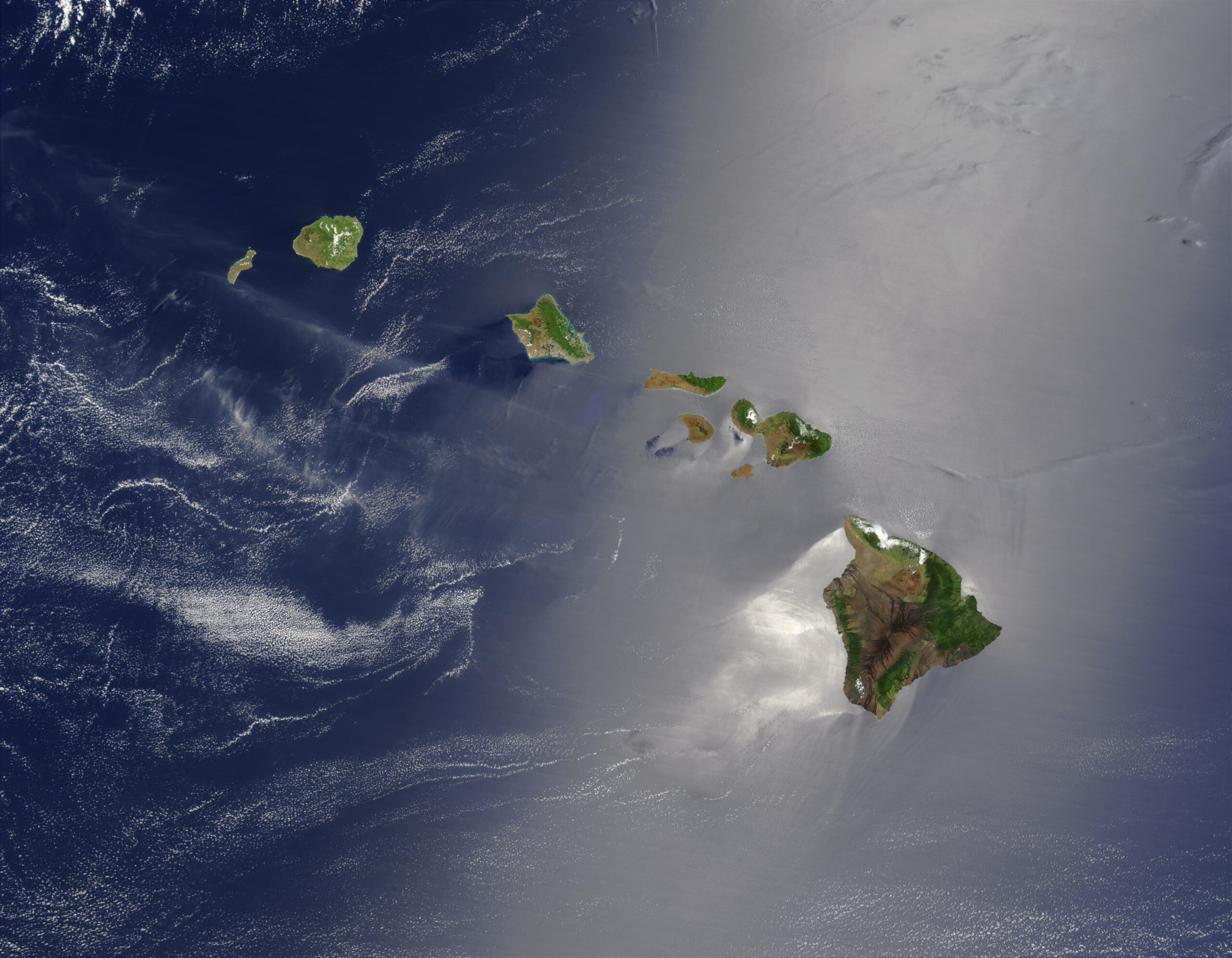Today in history, on July 7, 1898, Congress passed a joint resolution incorporating Hawaii as a territory of the United States. It was the finale of a decades-long effort to dismantle the island nation’s monarchy, and this was President William McKinley’s third try at it. His first two treaties died after protests from Hawaiian citizens and their deposed queen. However, politicians changed their minds after the Spanish-American war. McKinley tried again with a joint resolution; it needed a simple majority vote rather than the 2/3 majority for a treaty. The controversial move succeeded, and Hawaiian natives mourned.
Hawaii had the world’s attention when the United States formally recognized its independence in 1846. There was an international rush for trade agreements. By the early 1870s, American merchants and missionaries comprised a significant portion of the Hawaiian population. In 1887, Hawaii leased Pearl Harbor to the U.S. Navy for seven years of tariff reciprocity.
That same year, an armed rebellion forced the Hawaiian king to sign a new constitution, making him a figurehead and stripping many natives of their voting rights. When Queen Lili’uokalani inherited the throne in 1891, she tried to rewrite this “Bayonet Constitution.” She was quickly deposed in a coup d’état led mainly by American businessmen and seemingly backed by their military.
Though President Grover Cleveland demanded an investigation and concluded the U.S. had illegally deposed the queen, his plan for reparations stalled until he abandoned it. McKinley was left to do as he saw fit. While Hawaii was annexed as an American territory in 1898, it wasn’t granted statehood until 1959. Congress passed the Apology Resolution in 1993 to recognize the 100th anniversary of the overthrow, officially acknowledging the U.S.’s active participation and offering remorse.

